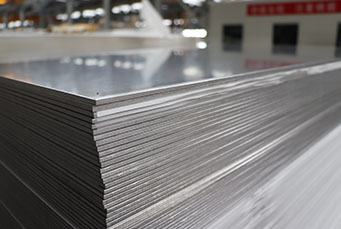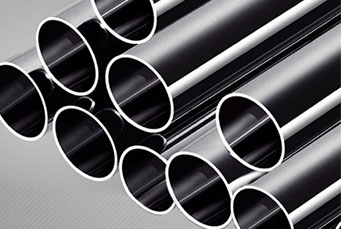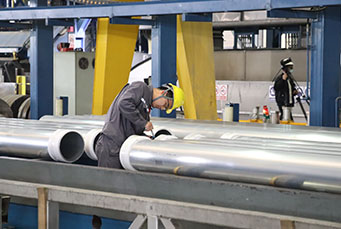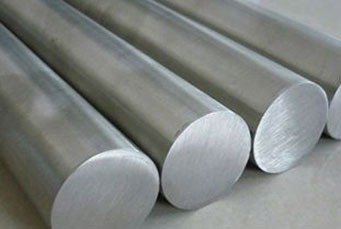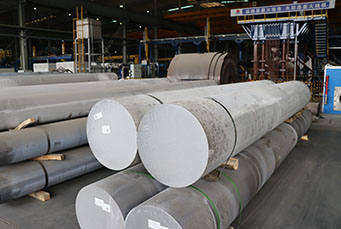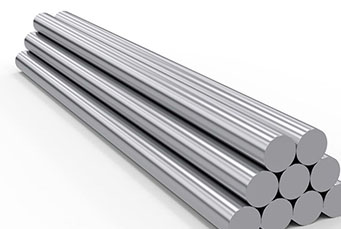6101 Aluminum Sheet: The Backbone of New Energy Vehicle Component Innovation
2025-05-12 09:43:42
As the automotive industry accelerates toward carbon neutrality and lightweighting, 6101 aluminum sheet has emerged as a critical material for electric vehicle (EV) battery packs, motor heat sinks, and charging infrastructure. This article explores its material properties, application advantages, and selection criteria to support technological advancement in the new energy sector.
1. Material Properties of 6101 Aluminum Sheet
- Alloy Composition: An Al-Mg-Si heat-treatable alloy containing magnesium (0.35-0.8% for strength), silicon (0.30-0.7% for corrosion resistance), and trace copper/manganese for fatigue resistance.
- Mechanical Performance: Achieves 230-280MPa tensile strength and 12-20% elongation after T6 heat treatment, with 50-70HRB hardness.
- Conductivity & Lightweighting: 55% IACS conductivity (close to pure aluminum) at 1/3 the density of copper, enabling 40% weight reduction in conductive components.
2. Key Applications in EV Components
- Battery Packs:
- Busbars: Replaces copper with 6101 aluminum to reduce internal resistance and weight.
- Housing: Withstands vibrations via T6-treated 6101 aluminum (30% higher compressive strength).
- Motor & Power Electronics:
- Heat Sink Brackets: 220W/m·K thermal conductivity ensures efficient heat dissipation.
- HVDC Cables: 55% IACS conductivity minimizes power loss in 800V systems.
- Charging Infrastructure:
- Charger Conductors: Corrosion resistance extends outdoor lifespan.
- Liquid-Cooled Plates: Composite structures with stainless steel enable ultra-fast charging.
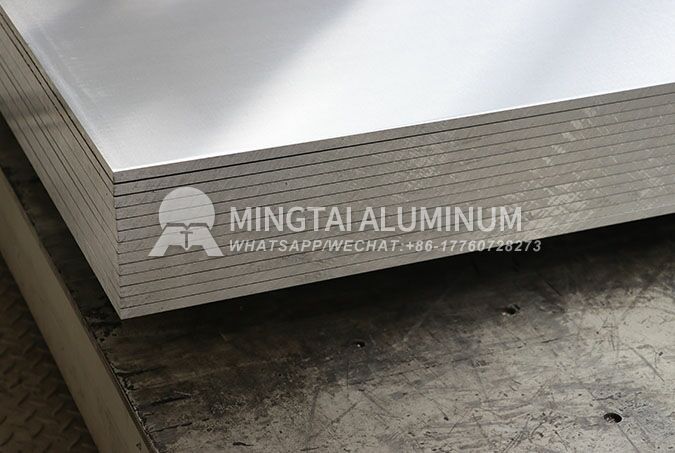
3. Material Selection Guidelines
- Chemical Control: Strictly limit Fe (≤0.5%) and Cu (≤0.1%) to prevent galvanic corrosion.
- Heat Treatment: Choose T4 (ductility) or T6 (strength) based on component requirements.
- Surface Finishing:
- Anodizing for 1,000+ hours salt spray resistance.
- Conductive oxidation maintains electrical performance while enhancing wear resistance.
- Supplier Qualification: Prioritize IATF 16949-certified manufacturers with in-house conductivity testing (per ASTM E1004) and grain size analysis (ASTM E112).
4. Industry Adoption & Future Trends
- Tesla Model 3: Utilizes 6101 aluminum busbars to reduce cell-to-cell resistance by 15%.
- CATL CTP 3.0: Employs 6101 aluminum coils in cell-to-pack designs, achieving 200Wh/kg system energy density.
- Next-Gen Development: Emerging 6101 alloys target ≥58% IACS conductivity and enhanced thermal stability for 800V architectures.
Conclusion
6101 aluminum sheet’s trifecta of conductivity, strength, and lightweighting makes it indispensable for EV innovation. Strategic material selection—focusing on alloy purity, heat treatment, and automotive certifications—will define competitive advantages in the new energy era.


